-
×
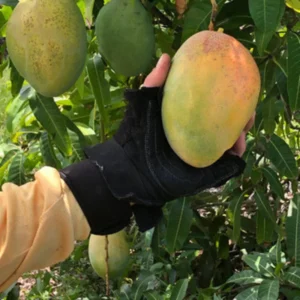 Grafted Pineapple Pleasure Mango, 3 Gallon Pot
$119.98
Grafted Pineapple Pleasure Mango, 3 Gallon Pot
$119.98 -
×
 Grafted Lemon Meringue Mango, 3 Gallon Pot
$134.98
Grafted Lemon Meringue Mango, 3 Gallon Pot
$134.98 -
×
 4 Red Abutilon Plants Live - Hanging Lantern Trailing Plants - 3-6 Inch Plugs
$43.99
4 Red Abutilon Plants Live - Hanging Lantern Trailing Plants - 3-6 Inch Plugs
$43.99 -
×
 Grafted Mun Kun Si Mango, 3 Gallon Pot
$134.98
Grafted Mun Kun Si Mango, 3 Gallon Pot
$134.98 -
×
 Murcott Tangerine Tree Live Plant, Large Live Murcott Tangerine Plant From 2 Feet Tall, Tangerine Fruit Tree Live Plant 3 Feet Height Feet Including Pot Tall
$126.98
Murcott Tangerine Tree Live Plant, Large Live Murcott Tangerine Plant From 2 Feet Tall, Tangerine Fruit Tree Live Plant 3 Feet Height Feet Including Pot Tall
$126.98
Up to - 7%
Batch 3 Pawpaw Trees Live Plants, Common Pawpaw Tree, Asimina Triloba Tree, 1 Year Old Well Rooted Pawpaw Tree
Original price was: $89.99.$83.99Current price is: $83.99.
Batch of 3 live Common Pawpaw Trees (Asimina Triloba), 1-year-old and well-rooted. Perfect for USDA zones 5-9, ideal for planting in your outdoor garden. Fruit-bearing and low maintenance.
Estimated arrival
Dec 17
Dec 22 - Dec 24
Dec 27 - Dec 31
Shipping and return policies: Our 30-Day Plant Health Guarantee covers issues with your plants within the first 30 days. Get in touch with us via email, and our team will review your concerns and, if necessary, provide you with a one-time replacement at no cost.

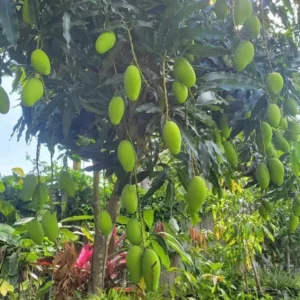 Grafted Lemon Meringue Mango, 3 Gallon Pot
Grafted Lemon Meringue Mango, 3 Gallon Pot  4 Red Abutilon Plants Live - Hanging Lantern Trailing Plants - 3-6 Inch Plugs
4 Red Abutilon Plants Live - Hanging Lantern Trailing Plants - 3-6 Inch Plugs 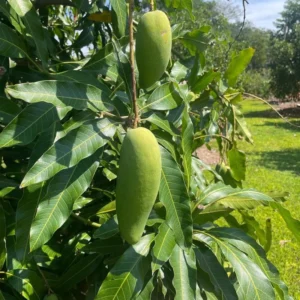 Grafted Mun Kun Si Mango, 3 Gallon Pot
Grafted Mun Kun Si Mango, 3 Gallon Pot 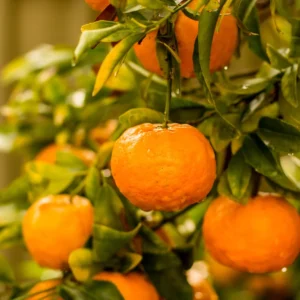 Murcott Tangerine Tree Live Plant, Large Live Murcott Tangerine Plant From 2 Feet Tall, Tangerine Fruit Tree Live Plant 3 Feet Height Feet Including Pot Tall
Murcott Tangerine Tree Live Plant, Large Live Murcott Tangerine Plant From 2 Feet Tall, Tangerine Fruit Tree Live Plant 3 Feet Height Feet Including Pot Tall 
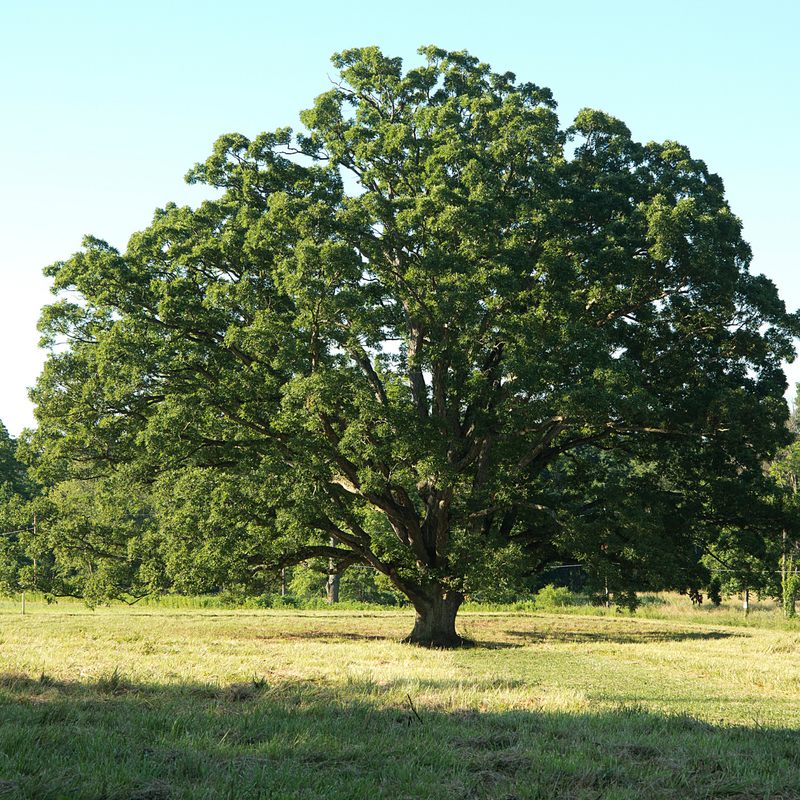

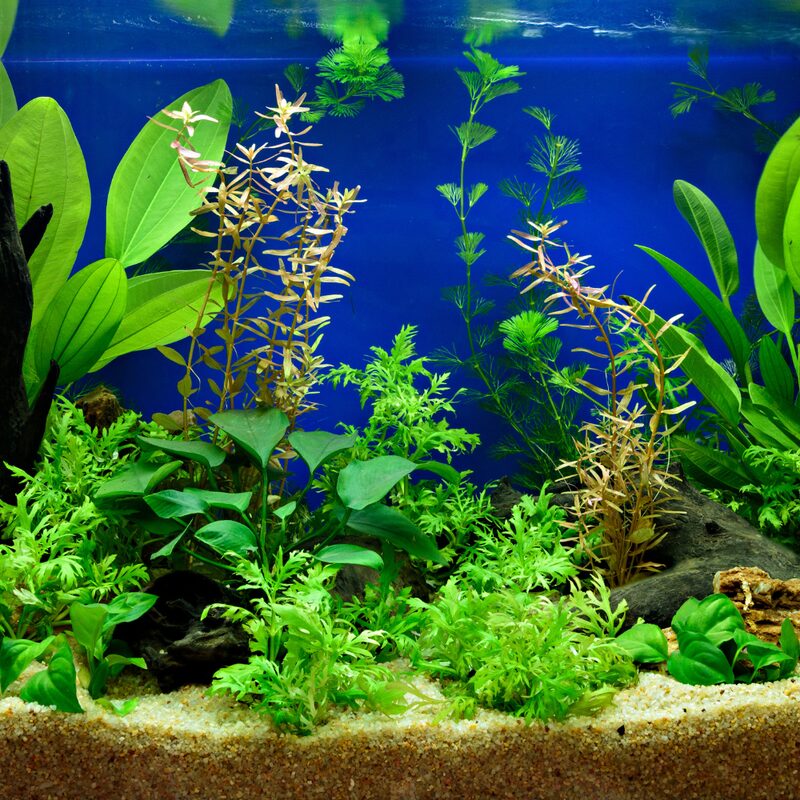
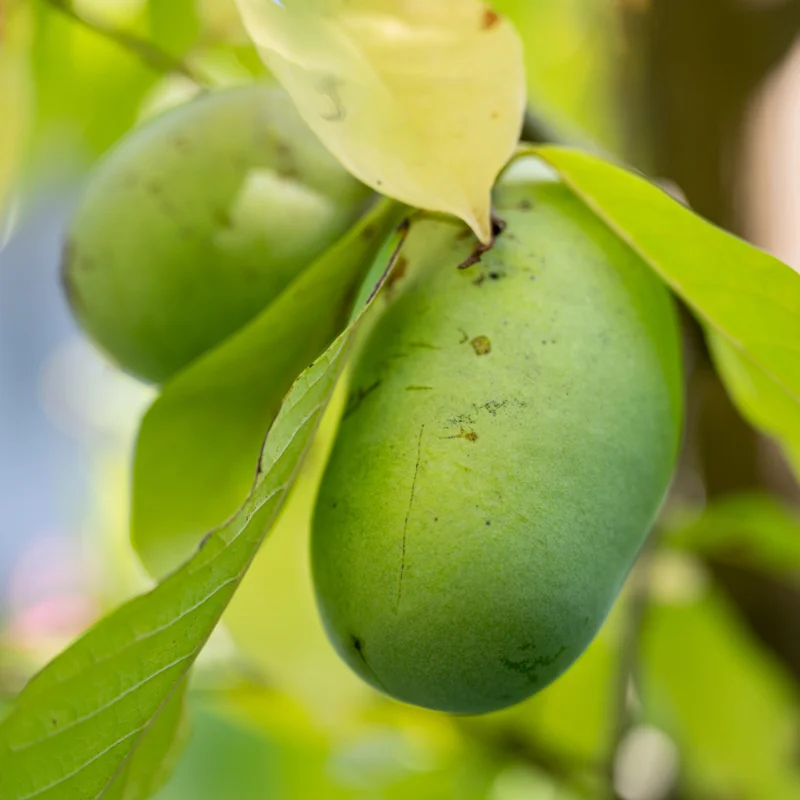
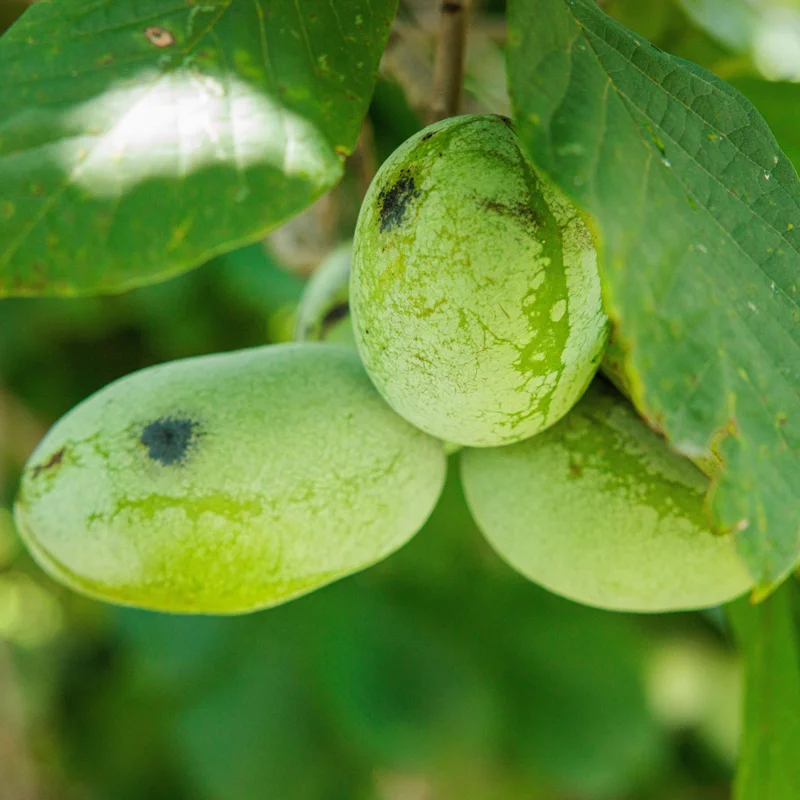
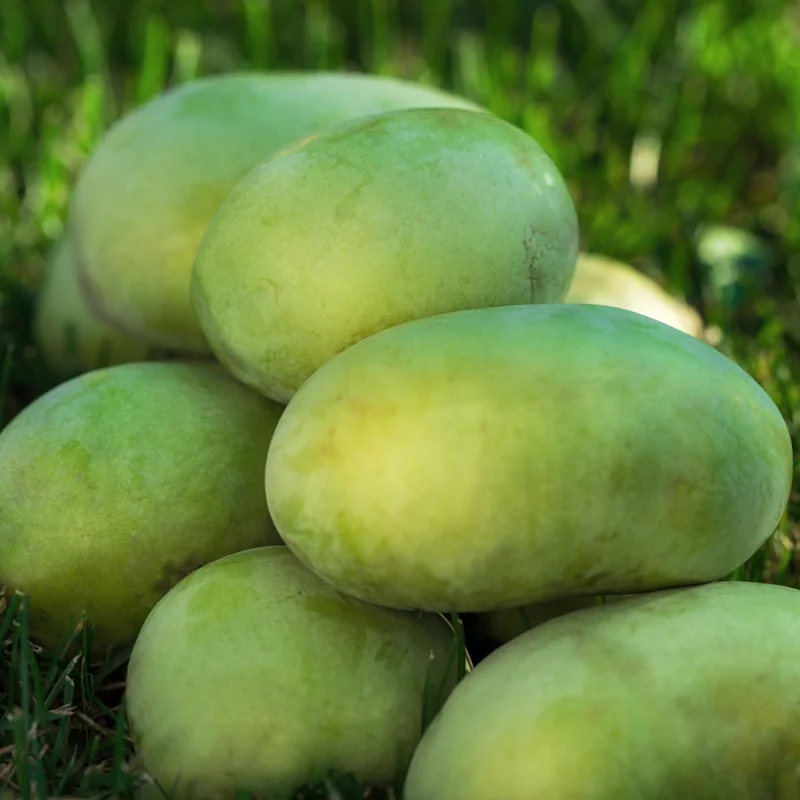
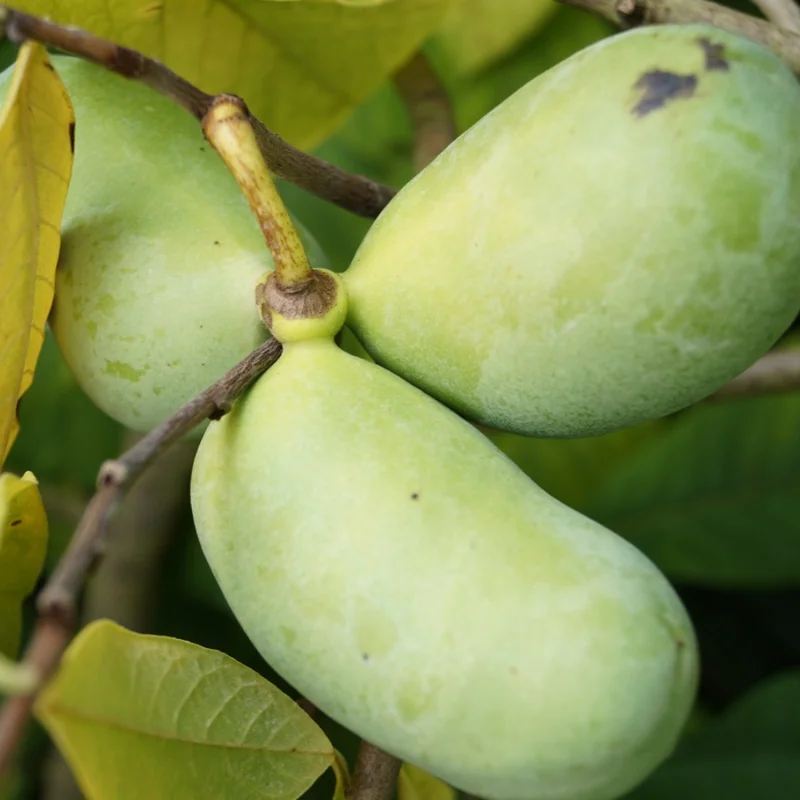
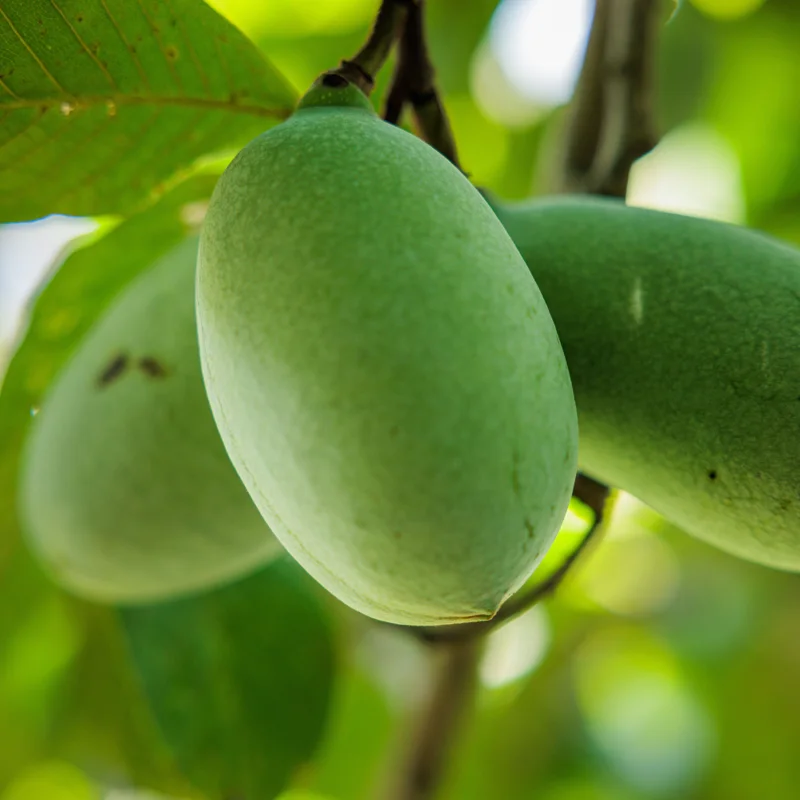
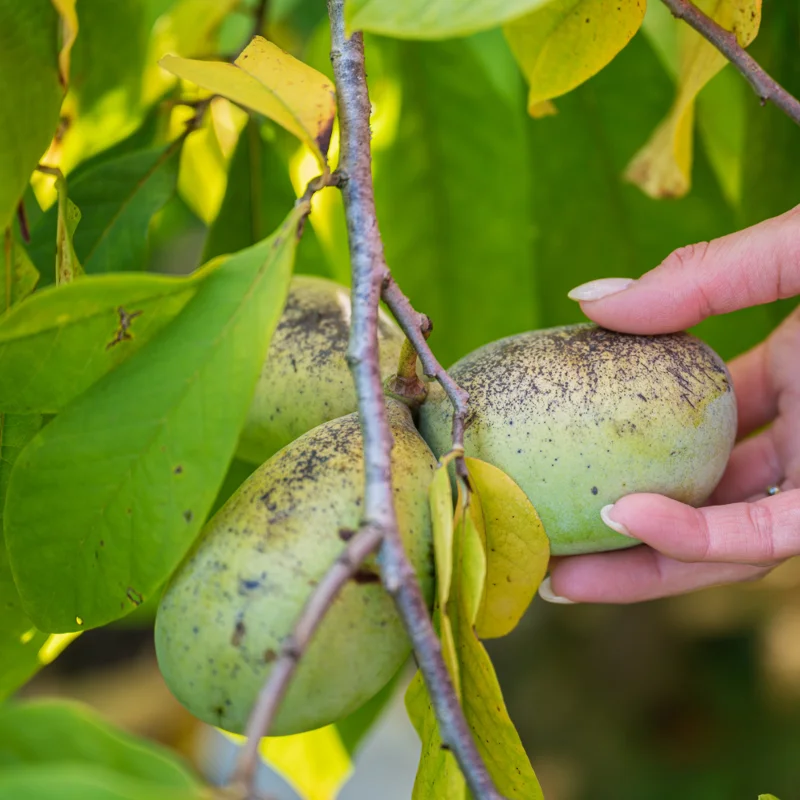
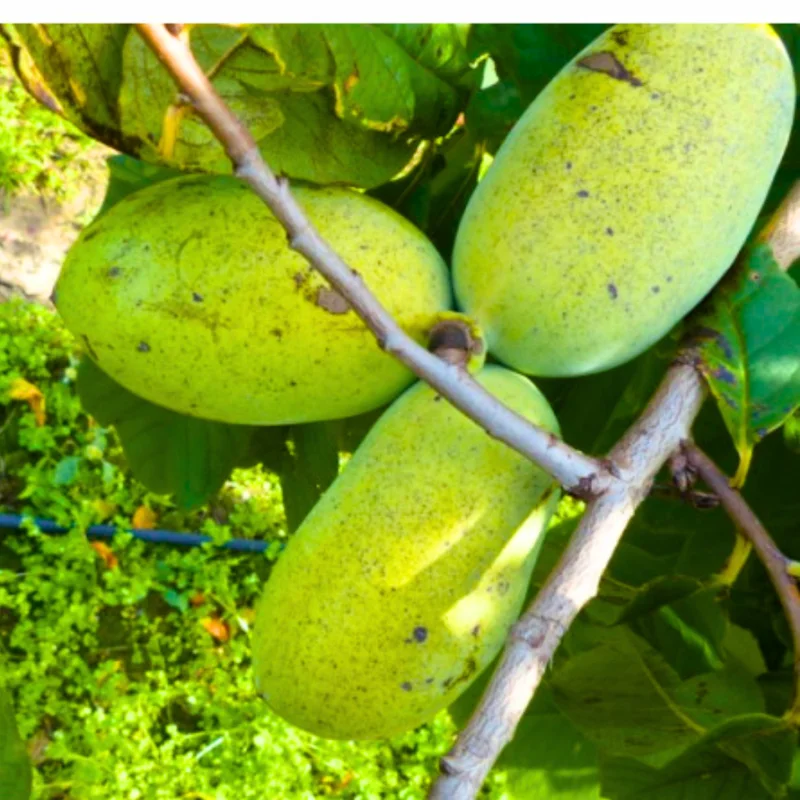
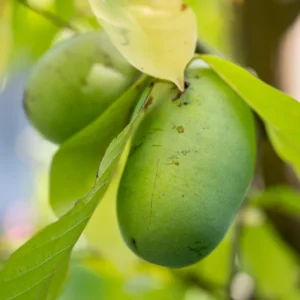
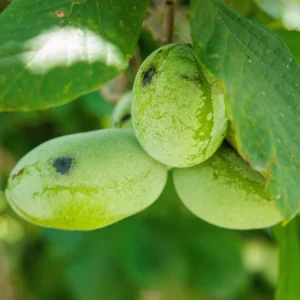
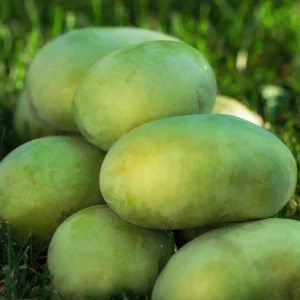
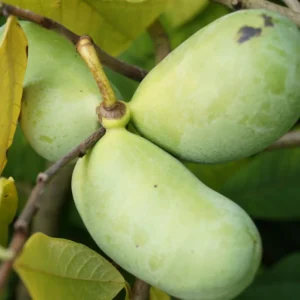
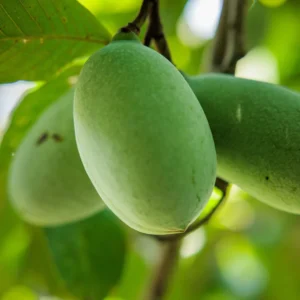
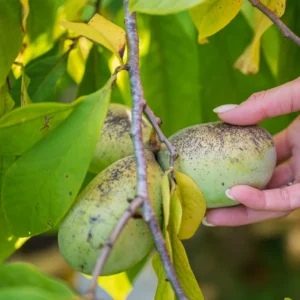
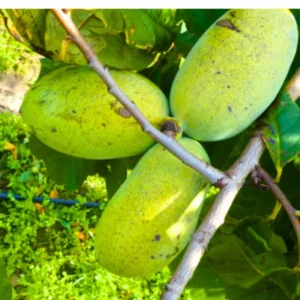



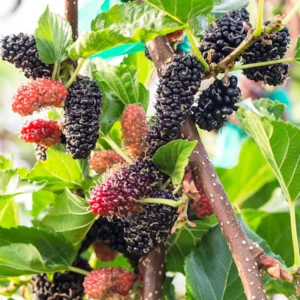
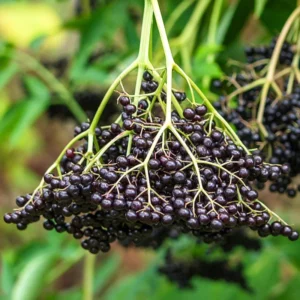
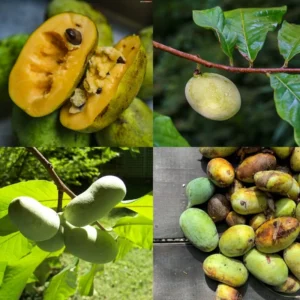
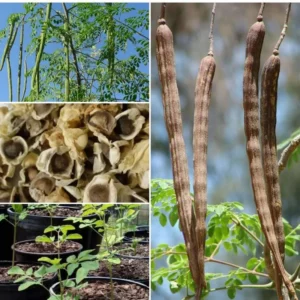

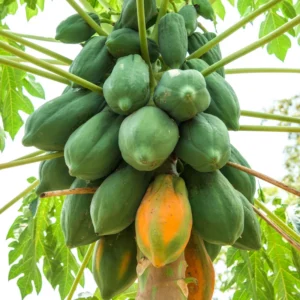
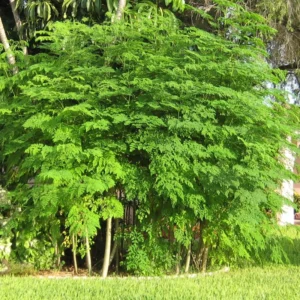
Reviews
There are no reviews yet.